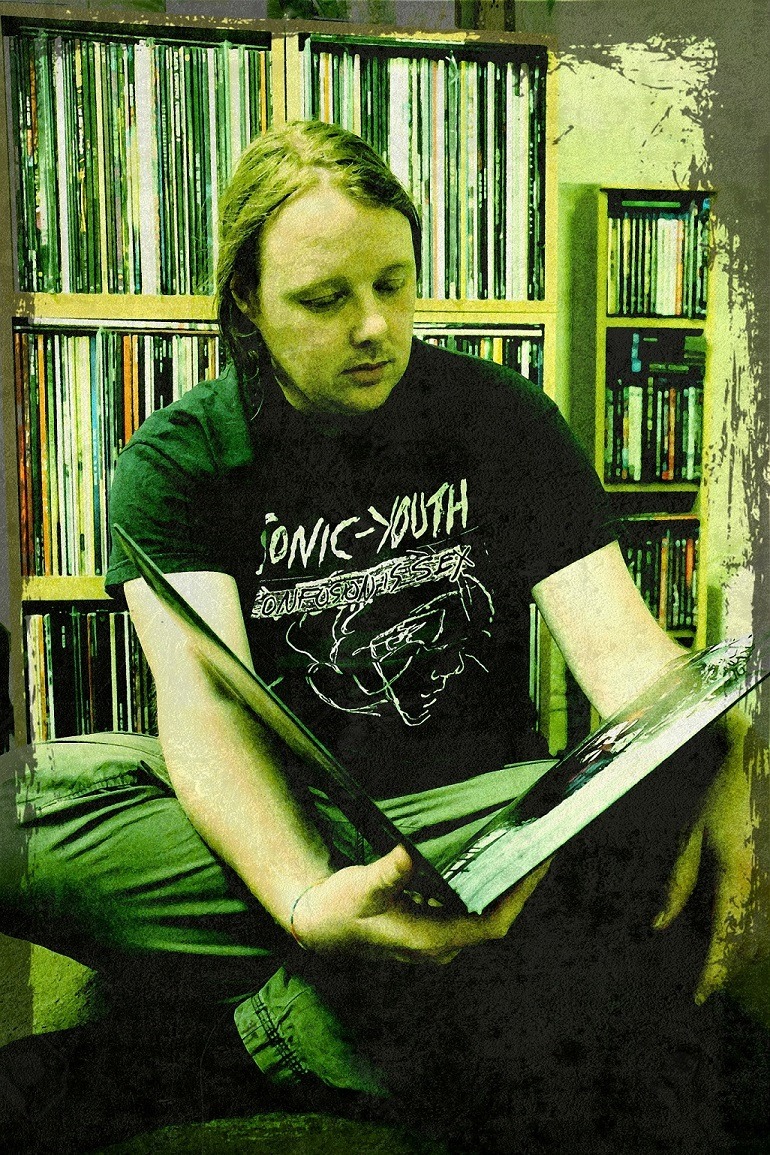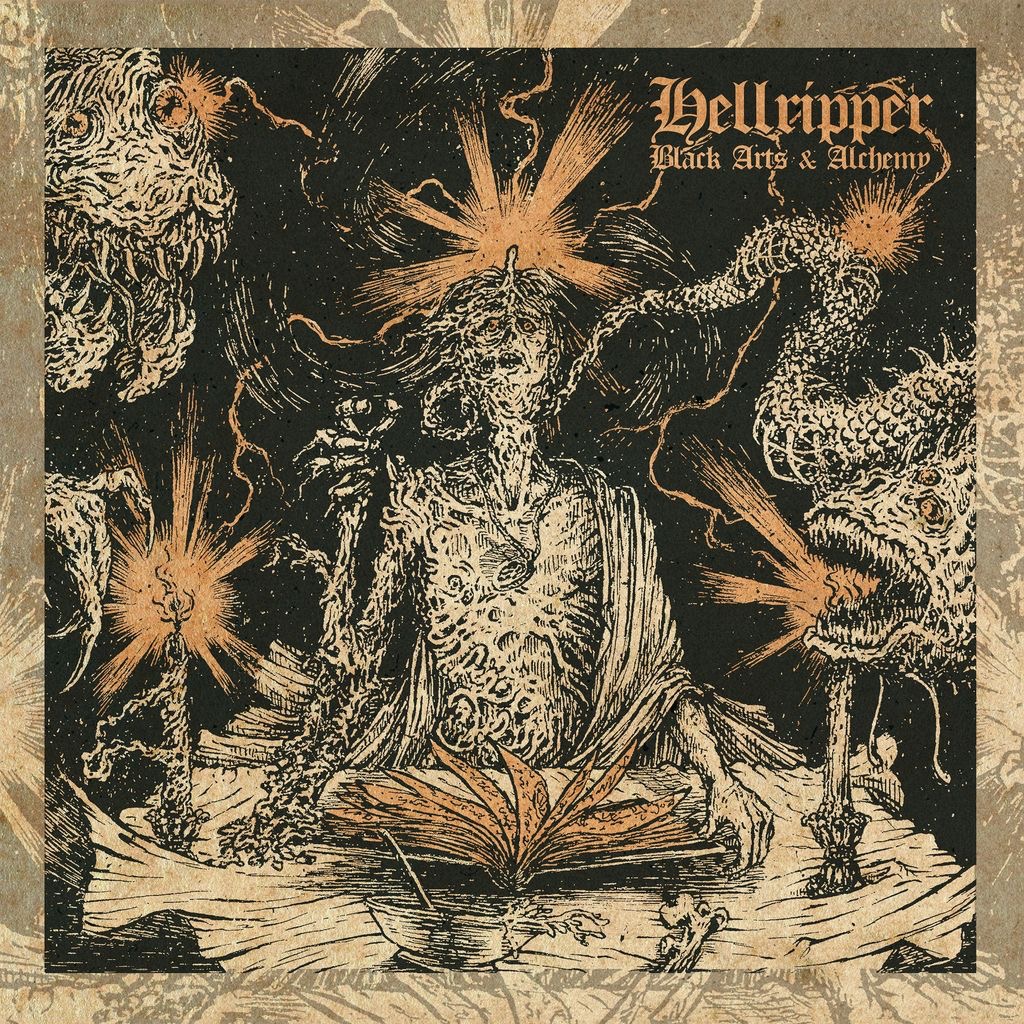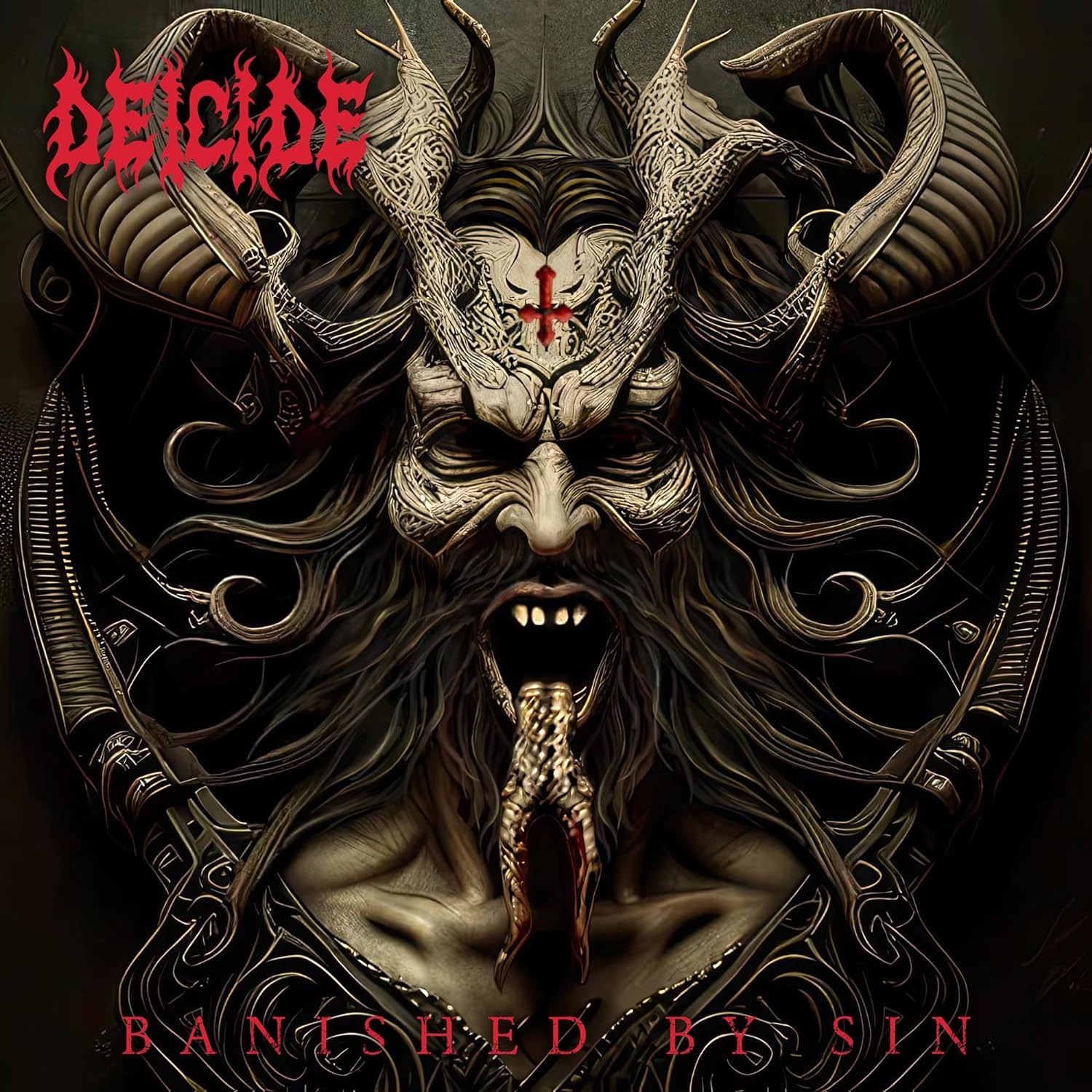A Norwegian composer, John Kaada has produced a wealth of eclectic albums encompassing solo material, the improvisational trio Cloroform, a first collaboration with the multi-talented Mike Patton and a series of soundtracks. Mike Patton needs little introduction, certainly to rock and metal fans who grew up on Faith no More, and yet his more experimental work is less well known and, over the years, he has pushed his passion for music in all its forms to the very fringes, collaborating with hip hop artists, composers, pop stars and producing obscure solo compositions solely for voice in the process. The first collaboration between these two monumental talents took place in 2004 with the release of ‘Romances’, a classical piece that bore little resemblance to anything that Patton had previously attempted with, perhaps, the exception of ‘director’s cut’, the film score / heavy metal hybrid released by Fantomas back in 2001. Well-received, ‘Romances’ bore a live album (released in 2007) and it is no surprise that a certain aura of expectation has grown up around ‘Bacteria Cult’, the pair’s second release.
Paired with the Stavanger Symphony Orchestra, Kaada creates a lush backdrop upon which Patton daubs his endlessly versatile voice. Few rock and metal artists have successfully crossed over into classical composition, and yet Mike Patton’s versatility is such that he is able to match the subtle dynamic flow of Kaada’s varied compositions and he never attempts to overpower the music or stamp his authority at the expense of the piece. The album opens with the haunting ‘Red Rainbow’, all hammered violin, echoing voice and percussive spikes. A soundtrack to an unseen movie, ‘Red Rainbow’ is both beautiful and yet menacing, and yet Kaada counterpoints this with the Morricone-influenced ‘Black Albino’ which sees the dark interiors of ‘Red Rainbow’ traded for the wide vistas of the Old West, a lone trumpet ringing out against the lush string arrangement whilst Patton’s voice weaves in and out of the piece, one minute emulating an entire choir, the next emerging from a haze of reverb, always drawing the listener further toward the heart of the track. The darkness returns for the sinister ‘Peste Bubonica’, which captures both the sense of threat and the desperate sadness of that terrible event in European history. A subtle Moorish influence pervades the music, as if the music is tracking the spread of the disease as it raged across the continent, and as Patton introduces a rhythmic vocal style, a sense of horror emerges which is only heightened by the sweeping strings and creeping percussion. It is a masterpiece within a masterpiece and a stunning example of the powerful emotional response music can provoke even as the industry moves ever closer to homogenisation. Fear gives way to beauty on ‘Papillion’, a piece that trades the oppressive weight of the string section for a delicate whimsy that is given voice by the warm voice of the brass. A short, but necessary, interlude, ‘Papillion’ is quite gorgeous, although an undercurrent of sinister machinations, kept just out of sight, remains present.
The aura of uncertainty returns for the creeping ‘Dispossession’ which draws upon the classic John Barry compositions that scored countless James Bond films. A piece that juxtaposes light, pizzicato strings with Patton’s rich baritone, ‘dispossession’ is subtle and mysterious where it’s follow up, ‘A burnt out case’ injects a sense of humour into proceedings, as if the sinister character of the previous piece had been replaced by Peter Sellers. The dark landscapes of the album’s opening moments return on ‘Imodium’, a track that sees Patton emulating the dark choirs of Elliot Goldenthal over a bass line that reverberates through the room. The album ends with ‘Fountain Gasoline’ a fantasy fairground ride through hellish landscapes juxtaposed with elements of the Western and even the grand standing strings of Brahms, all cleverly interpolated to create a finale that sees the album out on a high.
As many contemporary musicians have found to their cost, classical composition is fiendishly difficult. The need to balance the unique timbre of the various instruments that make up the orchestra, the attention to detail that sees the most intricate passage unhinge an entire section and the sublimation of the ego that sees each player vital in their own right – all of these factors present unique challenges for a musician used to operating in a close knit group where each artist has space to shine in their own field. However, John Kaada and Mike Patton both bring a unique set of strengths to the table. Patton has worked many times in fields outside of the traditional rock group dynamic and his love of a wide array of music from classical to hip hop makes him uniquely qualified to take on a venture of this type. Kaada, is similarly capable of great eclecticism and the result is a piece of modern classical music that fires the imagination. Great music, in whatever genre, should make the listener feel and this ‘Bacteria cult’ does with remarkable aplomb. Each piece is a feast for the senses and the album is best enjoyed with the lights dimmed low and all other distractions removed from sight. An album for open-minded music lovers, ‘Bacteria cult’ is a sensory delight and, played at suitable volume, is capable of thundering to the very heavens.











Leave a Reply